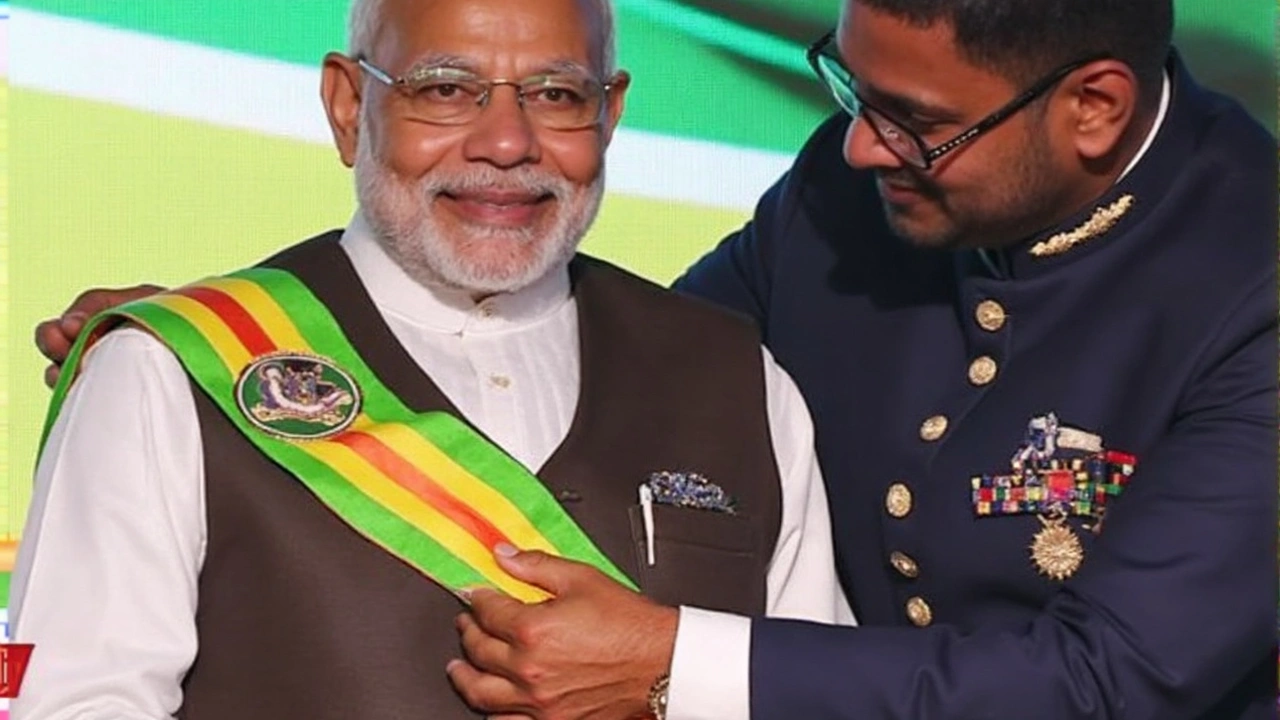Civilian Honour – What It Is and Why It Counts
When we talk about Civilian Honour, a formal acknowledgement given by a government or institution to individuals who have made outstanding contributions in non‑military fields. Also called civilian decoration, it sits alongside Civilian Awards, specific medals or prizes such as the Padma Shri or the Order of the British Empire, National Honors, the broader system of state‑sanctioned recognitions that includes both civilian and military categories and Honorific Titles, designations like "Sir", "Dame" or "Padma Vibhushan" that add a prefix or suffix to a name. All of these are usually presented during formal Recognition Ceremonies, public events where recipients are called to the stage, awarded a medal, and their stories are highlighted. Understanding how these pieces fit together helps you see why a civilian honour isn’t just a piece of metal – it’s a statement about society’s values.
How Civilian Honour Connects to Awards, Titles and Ceremonies
Think of civilian honour as the umbrella term; under it sit various civilian awards that target specific fields – science, arts, public service, or sports. A national honor system requires these awards to have clear criteria, a nomination process, and an approving authority, often a ministry or a royal charter. The honorific titles that come with many awards influence how the public perceives the recipient, turning a private achievement into a shared point of pride. When a government holds a recognition ceremony, it creates a platform that not only celebrates the individual but also reinforces the ideals the honour stands for, such as courage, innovation, or community service.
Historically, civilian honours emerged to balance the focus on military glory. In the United Kingdom, the Order of the British Empire was created in 1917 to reward civilian war effort, while India’s Padma series, started in 1954, recognized contributions across all non‑military sectors. These examples show that a civilian honour encompasses both the award itself and the cultural message it carries. Today, the same logic applies: a new tech entrepreneur receiving a national honor signals that innovation is a national priority, just as a teacher getting a civilian award highlights the value placed on education.
In practice, the process starts with a nomination – anyone can suggest a candidate, but the recommendation must include documented achievements, impact metrics, and endorsements from peers. A committee then evaluates the submission against the award’s attributes, such as originality, service length, or societal benefit. Once approved, the recipient is invited to a recognition ceremony where the physical medal is presented, a citation is read, and often an honorific title is conferred. This sequence – nomination, evaluation, ceremony – forms the core workflow for most civilian honour systems worldwide.
Another key piece is the public’s role. Media coverage of award winners amplifies the honour’s reach, turning a quiet accolade into a national conversation. When a popular film star receives a civilian honour, fans discuss the actor’s charitable work, not just their movies. When a scientist is recognized, schools may add the achievement to curricula, inspiring the next generation. So the connection between civilian honours and society is a two‑way street: the award celebrates the individual, and the individual’s story spreads the values the honour embodies.
From a practical standpoint, knowing the different layers of civilian honour helps you navigate the system if you aim to be nominated. First, identify which civilian award aligns with your field – there’s often a specific medal for arts, another for public health, and so on. Second, understand the criteria – many awards look for measurable impact, like the number of lives improved or patents filed. Third, build a portfolio of evidence: testimonials, project reports, and media mentions. Finally, engage in networking within the relevant professional bodies, because peer endorsement often makes the difference in the selection committee’s eyes.
Looking ahead, many countries are updating their honour systems to reflect modern challenges. New categories for sustainability, digital innovation, and social entrepreneurship are appearing, showing that civilian honour evolves with societal priorities. This evolution means the pool of recognised achievements will broaden, giving more people the chance to be celebrated for work that matters in today’s world.
Below you’ll find a curated selection of stories, analyses, and updates that illustrate how civilian honour operates across different sectors, the latest changes in award criteria, and real‑world examples of recipients making a difference. Dive in to see how these recognitions shape public perception, inspire action, and keep the spirit of service alive.
